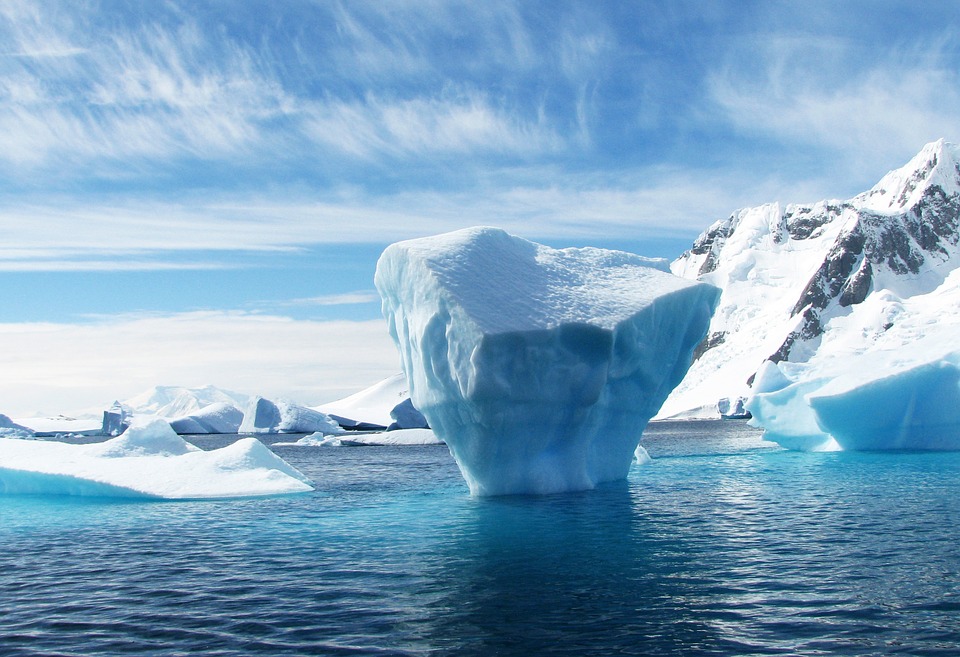Jodie Smith
As climate change is a topic under constant discussion and scrutiny across the globe, recent news of container ships moving on through the new Arctic passageway introduces a new dimension to the debate.
The Arctic is particularly vulnerable to climate change since it is such a fragile environment; it’s warming at a rate almost twice the global average, which has led to the increased melting of sea-ice. According to The Independent, Arctic sea ice hit a record low in January this year.
Since the ice is melting at such a considerable rate — a study by AGU100 suggested that European routes to Asia will be around 10 days faster via Arctic waters than other routes by 2050 — container shipping companies are jumping at the chance to exploit these fragile waters for their own financial gain.
For some time, vessels have been using Arctic shipping routes (e.g. the Northeast Passage, the Northwest Passage and the Transpolar Sea Route, along with the Northern Sea Route and the Arctic Bridge).
This includes Teekay’s Edward Toll, a ship that travelled from South Korea to northern Russia in December 2017. However, a more promising passageway – caused by melting ice – has appeared as an alternative route to the Suez Canal. Immediately, Maersk Line, the world’s largest container shipping company, set sail.
The Venta Maersk vessel weighs 42,000 tons and can carry 3,600 containers. Whilst this may appear financially promising, environmentally this discovery is catastrophic.
The Independent claimed that such vessels “cause damage to the Arctic due to the pollution they emit.” A 2014 report commissioned by International Maritime Or discovered that the international shipping industry produced an average of 866 million tonnes of CO2 each year between 2007-2012.
Since there is no ban on heavy fuel oil in the Arctic, large container shipping companies, including the Maersk Line, continue to use these oils. The Economist argues that “just 15 of the biggest ships emit more of the noxious oxides of nitrogen and sulphur than all the world’s cars put together.”
Besides typical greenhouse gases, shipping vessels also deposit black carbon which, when deposited, lies on the ice and snow and absorbs solar radiation, leading to an increase in melting ice. A 2015 study revealed that “reductions in black carbon emissions and other minor greenhouse gases by roughly 60%, could cool the Arctic up to 0.2% by 2050,” demonstrating the impact of these emissions on the Arctic.
Air-quality will be impacted as container ships are polluting, and in the event of a ship-wreck the effects would be cataclysmic for the Arctic and for ship-workers. Oil spillages could kill and disrupt marine wildlife even further, upsetting food webs, and a collision with ice could be fatal to those aboard the ships.
So why are shipping companies continuing to exploit the Arctic? The main reasons are purely profit-motivated. Container shipping is cost-effective, and the Northern Sea Route passageway could offer an alternative to the concentrated route through the Suez Canal.
Frederic Lasserre, a Professor at the Université Laval Quebec, said that “Maersk … may be merely trying to see what can be done so as to be able to develop this small market should other players – Cosco, MOL – officially begin to develop it.” However, for environmentalists these political and financial gains cannot justify the drastic impact that container ships are already having on the planet.
Whilst Maersk themselves have since claimed that the widening passageway will not yet become their main trade route since it is only open for three months of the year, with the sheer concentration of container ships already in the Arctic, ice caps are only going to continue to melt further.


I think this is one of the most significant information for me.
And i am glad reading your article. But wanna remark on some
general things, The web site style is perfect, the articles is really excellent :
D. Good job, cheers